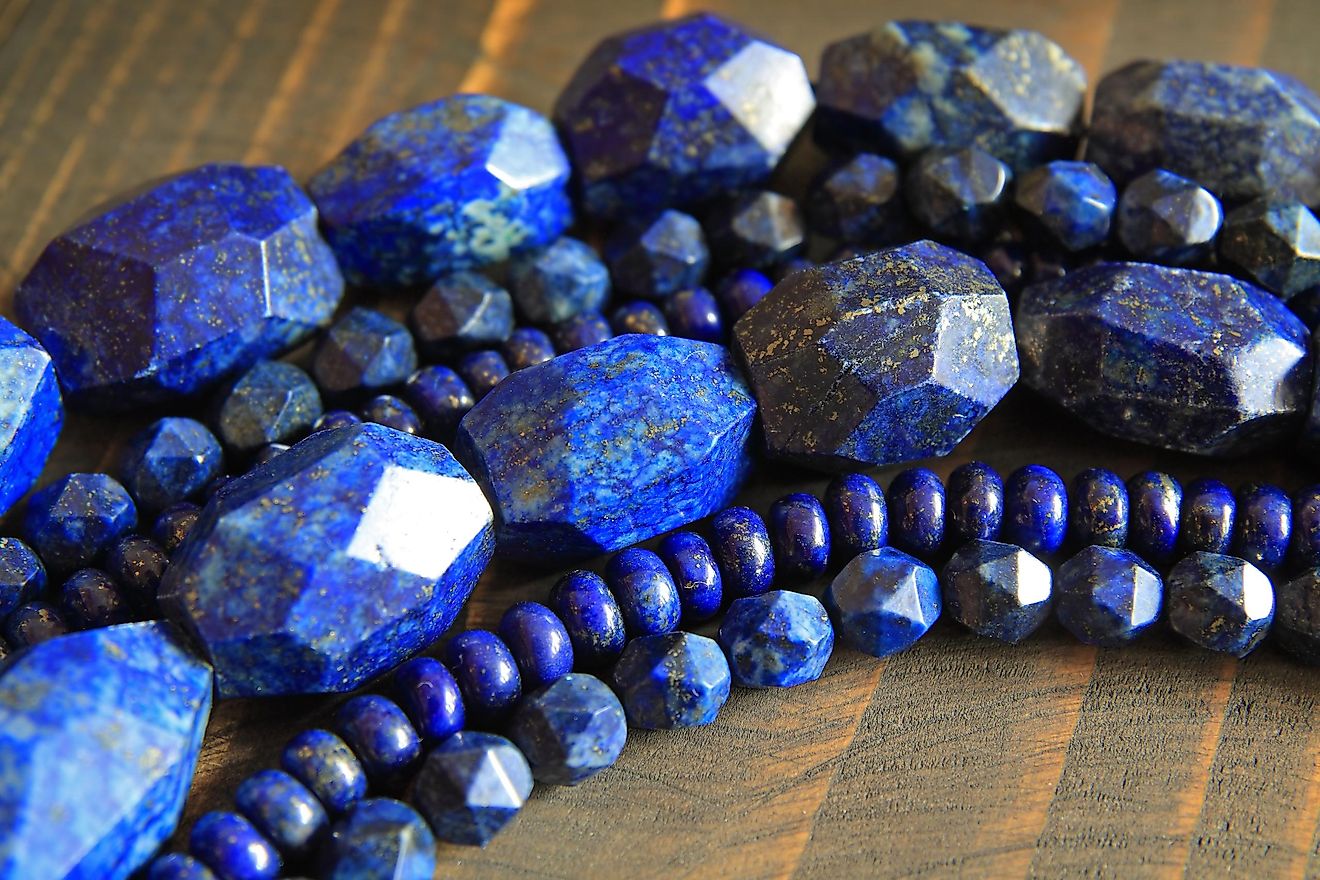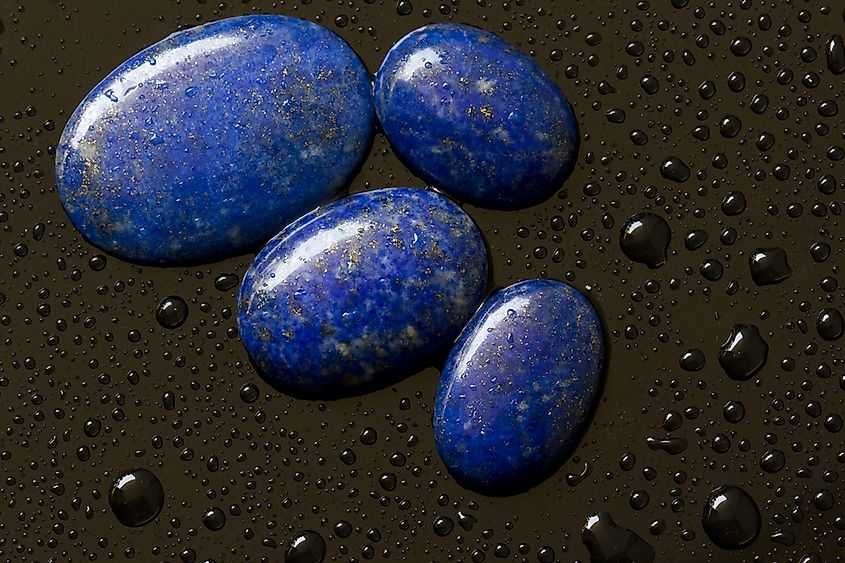September Birthstone: Lapis Lazuli

If you are born in September, you are lucky to get to choose between a precious gemstone sapphire and a semi-precious gemstone lapis lazuli. The latter is a more accurate reference to the Bible and Thora if that is important to you; same as sapphire, it conveys dedication to honesty and truth. It is also just a striking true-blue gem that you can get for an excellent price.
Why Is Lapis Lazuli An Alternative September Birthstone
The significance of lapis lazuli stems from the biblical story of Aaron’s Breastplate. Most researchers agree that, since sapphire was not known before the Roman Empire, the “sapphire” stone mentioned in the Old Testament refers to Lapis Lazuli and not to the stone that we call Sapphire now. Up until the Middle Ages, it was called sapphirus in Latin, sappir in Hebrew, and described as a “blue speckled with gold,” which matches the lapis lazuli.
So, if you seek theological accuracy, Lapis Lazuli is a better bet than the variety of corundum we now know as sapphire. You can also get a lovely specimen for a much more affordable price.
How Do I Choose The Best Lapis Lazuli?
Lapis Lazuli is a deep-blue (sometimes with golden pyrite flecks) metamorphic rock prized for its intense color both as a semi-precious gemstone as a source of very expensive pigment. The finest specimen will have a vivid, intense, even blue color with depth and dust of tiny golden pyrite flecks. The pyrite should be small in size. Calcite veins that are visible to the naken eye lower the grade of the stone.
What Are The Special Properties Of Lapis Lazuli?
Lapis is a soft material which made it more manageable to work with by hand tools. Historians believed that humans used and appreciated Lapis Lazuli for 6,500 years. The gem appeared in the artifacts of the ancient civilizations of Mesopotamia, Egypt, China, Greece, and Rome. The earliest mining operations known are the Sar-i Sang mines in Shortugai and mines in Badakhshan province in Afghanistan.
After subduing Egypt and parts of Persia, Alexander the Great began importing many gems to Macedonia and, eventually, to the rest of Europe. In Europe, Lapis was used to produce ultramarine: a unique pigment that would not fade over time even after prolonged exposure to the sunlight, unlike other blue dyes of that time. It was an expensive pigment; but, thanks to it, we get to enjoy well preserved antique paintings in blue.

How Do I Tell If A Lapis Lazuli Is Real Or Fake?
Lapis lazuli is one of the most faked gemstones on the market, a shared fate of many opaque gemstones. Right now, there are more imitations than there are real stones!
From time to time, sodalite is sold as lapis. Sodalite itself can be a component of the real lapis and is a natural blue or dark grey-blue stone, just less valuable. The main difference is that sodalite would not have gold “dust” and that lapis has light blue streaks, not white. However, some lapis pieces might not have gold specks either. Some resellers can even make an honest mistake themselves.
Synthetic lapis can, at times, be almost indistinguishable from the real thing. Sometimes they are lapis, just dyed to hide calcite veins and sell for a better price. It is very difficult to tell the genuine lapis lazuli without tests. Still, you can try evaluating the color: high-quality lapis lazuli should have an ultramarine color that often appears to have depth, while the lower quality might look greyish, dull, or more opaque. Genuine lapis will contain iron pyrites shining like golden dust within the stone when exposed to sunlight. Most commonly, if the price is too good to be true - it most likely is.
Can I Test The Lapis Lazuli I Have At Home?
The real lapis lazuli will remain cool to the touch even after you hold it in your hand for a while. Plastic imitations will never feel as cool, and glass imitations will warm up quickly. You can try rubbing the stone with acetone or dye remover: genuine lapis will not fade or rub off. A knife can scratch real lapis lazuli, but it is hard enough to scratch glass.











